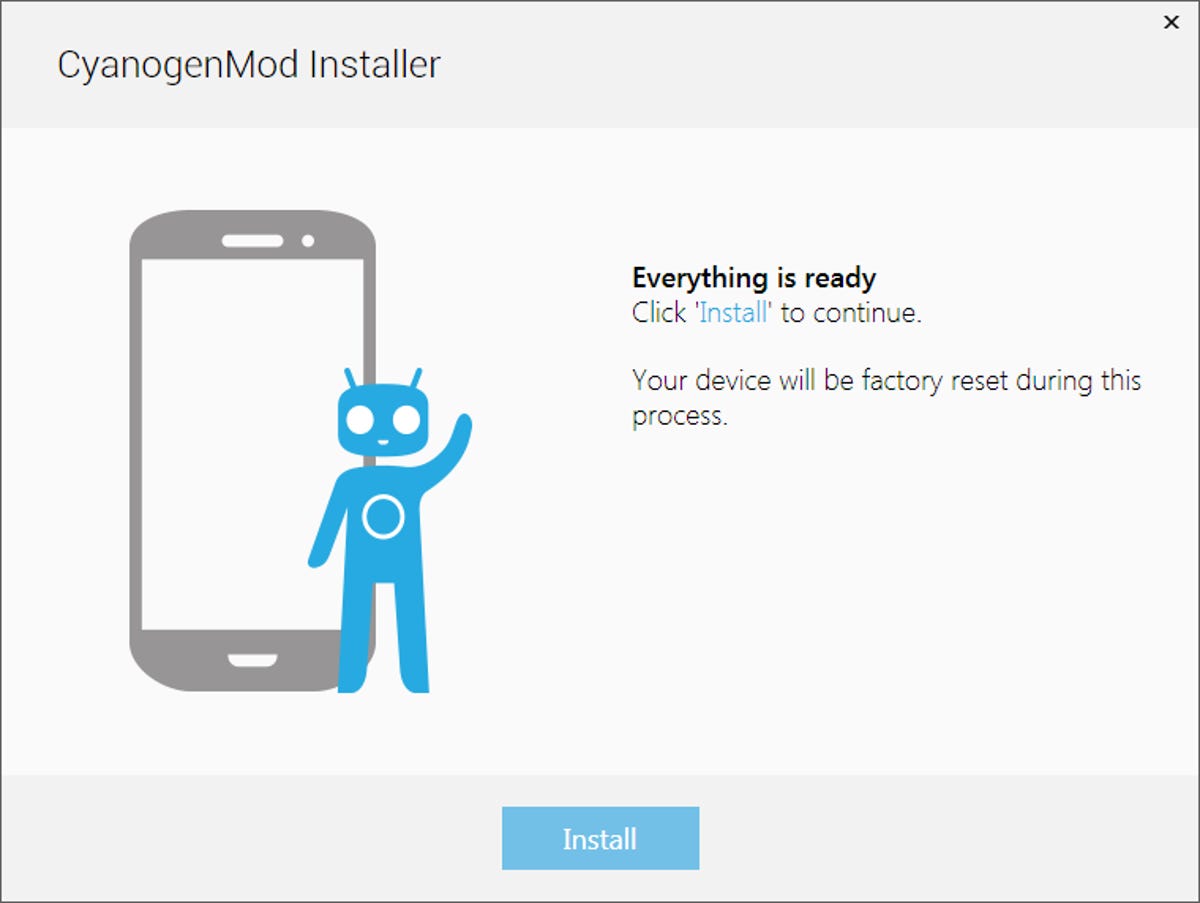If you’re an Android enthusiast, you’ve probably heard of CyanogenMod. If you’re not, the newly incorporated company’s leaders have big ideas on how to make sure you do.
CyanogenMod recently flipped the switch from an Android Open Source Project (AOSP) enthusiast’s dream to become a legitimate company with a team of 17 developers. Under the aegis of Boost co-founder Kirt McMaster as its chief executive, Cyanogen, Inc., has secured $7 million in Series A funding from Benchmark Capital to push it to become more than an fan project.
The focus of Cyanogen’s development will be on areas that Google has either neglected or developed in a direction that Cyanogen thinks it can do better or differently.
“There’s almost this entire developer ecosystem around it,” said CyanogenMod co-founder and developer Steve Kondik. “We’re going to do a lot of work around the user experience. You’re going to see us building secure services. To get more people to use it, we have all these little touches planned.”
McMaster, who reached out to Kondik last December about doing something larger with Cyanogen’s estimated 8 million direct user base, is enthusiastic about Cyanogen’s chances at success.
“Benchmark and others are excited that this has a shot at being the third mobile phone OS,” he said. “It’s not going to be Windows Phone, it’s not going to be BlackBerry. People don’t realize the scale we have.”
Beyond the millions of people who have installed CyanogenMod itself, McMaster estimates that there are more than double that running custom Android ROMs that are based on CyanogenMod. These include well-known ROMs such as the Xiaomi-backed MiUI.
The first step for Cyanogen will be releasing a Cyanogen installer app sometime in the next few weeks to the Google Play store that will create a much easier path to update your phone’s ROM. The app won’t lead to one-click rooting and ROMing, but will streamline the ROM installation process and guide you through it.
Kondik said that it will include the ability to resume installing in case of power loss, and that it will restore your device’s factory settings in case something goes wrong.
“It’s important that we have that installation down, that if you lose power it restores, that it’s basically bulletproof,” he said.
“It’s horrifying to install CyanogenMod,” McMaster admitted. “Our stuff is like command-line stuff. Imagine what will happen when we have an easy tool to flash to the device,” he said.
Much will hinge on the success of this app. If Cyanogen can get this right, not only making it faster but easier to jump from whatever version of Android your phone runs to Cyanogen, it will go a long way towards creating goodwill with the mainstream Android community.
Android, as it stands now, is a hydra-headed beast with numerous problems. Speed, stability, and security issues are prevalent because even when Google has published an updated version of the operating system, end-users are dependent on manufacturers for pushing out the updates.


Cyanogen
While some manufacturers, such as Samsung, have created their own versions of Android that appeal to the mass market — witness the success of the Galaxy S3 and S4 lines — other vendors struggle with additional Android development.
“If you look at companies that are struggling, like HTC, who have 100 people working on Sense, it doesn’t make sense for them to continue when [hardware manufacturers like HTC] can just come to us,” said McMaster.
Kondik and McMaster teased a partnership announcement coming next week. They wouldn’t say that it was a hardware manufacturer, but that’s a likely place to look.
Cyanogen also offers an additional benefit: it can keep you from having to upgrade an older device, since it works with hundreds of Android devices going back to the pre-Gingerbread era of the operating system.
Beyond the installer, McMaster is betting on the mainstream appeal of CyanogenMod’s focus on being the only major Android vendor not concerned with device manufacturing. He wants to “evolve” Cyanogen to make it “radically more useful,” and that means a focus on improving Android with three kinds of services: those built in-house by Cyanogen, those that Cyanogen integrates with, and under-the-hood services that “just work,” he said.
However, services aren’t easy to get right. “Facebook Home is an example of completely missing the user,” said Kondik. “We can create something that helps you use all your messaging services together.”
The Cyanogen team isn’t afraid to look for outside help, either. They’ve been working with Whisper Systems to create a more secure text messaging app, and they’ve partnered with the developers of other ROMs to create a privacy manager.
Kondik said that they have not been asked to include a backdoor by the NSA or FBI. “We haven’t been approached yet. We’re building our services with a security first attitude.”
At the end of the day, Cyanogen is an all-in bet on Android — but one that’s not entirely dependent on Google. “Google’s been a bastion of innovation with mobile OS, that’s apparent,” said McMaster.
It’s clear that they think that the mobile market is still in its infancy, and they want to accelerate the aging process, and now they have the funding to move from preschool to kindergarten.



